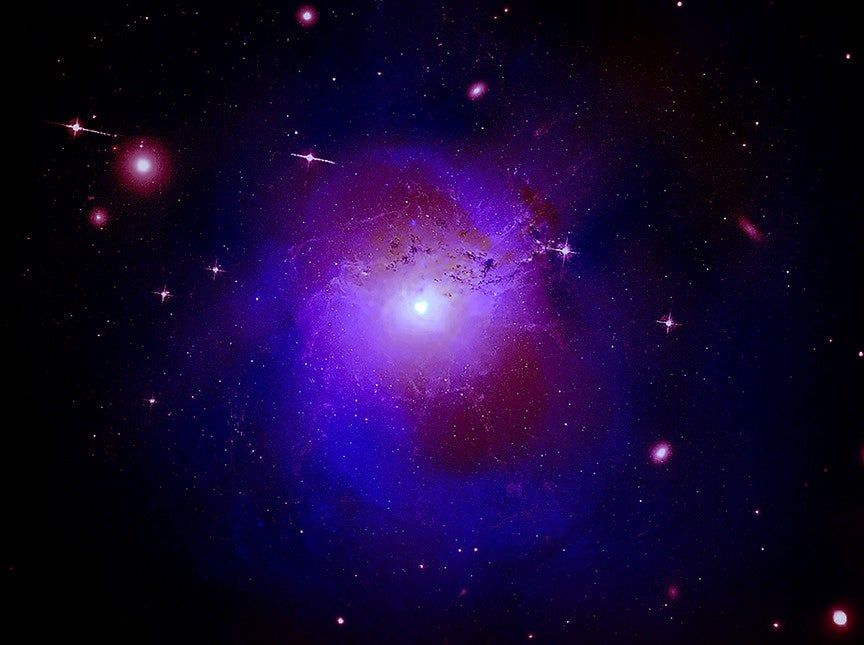There’s a crisis brewing in the cosmos. Measurements over the past few years of the distances and velocities of faraway galaxies don’t agree with the increasingly controversial “standard model” of the cosmos that has prevailed for the past two decades. Astronomers think that a 9 percent discrepancy in the value of a long-sought number called the Hubble Constant, which describes how fast the universe is expanding, might be revealing something new and astounding about the universe.
The cosmos has been expanding for 13.8 billion years and its present rate of expansion, known as the Hubble constant, gives the time elapsed since the Big Bang. However, the two best methods used to measure the Hubble constant do not agree, suggesting our understanding of the structure and history of the universe – called the ‘standard cosmological model’ – may be wrong.
There was, writes Dennis Overbye in New York Times Science, a disturbance in the Force: “Long, long ago, when the universe was only about 100,000 years old — a buzzing, expanding mass of particles and radiation — a strange new energy field switched on. That energy suffused space with a kind of cosmic antigravity, delivering a not-so-gentle boost to the expansion of the universe.










Comments are closed.